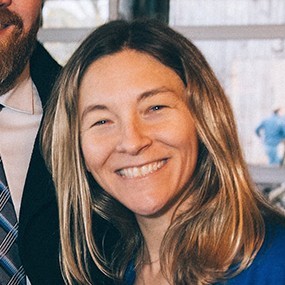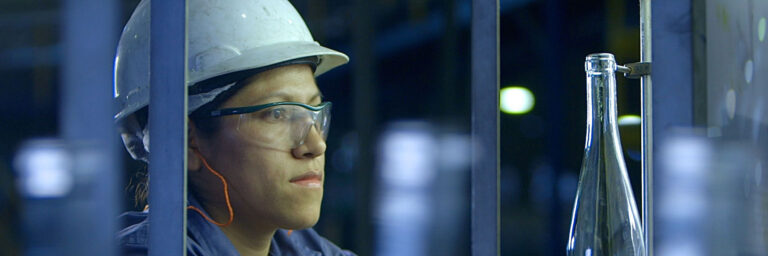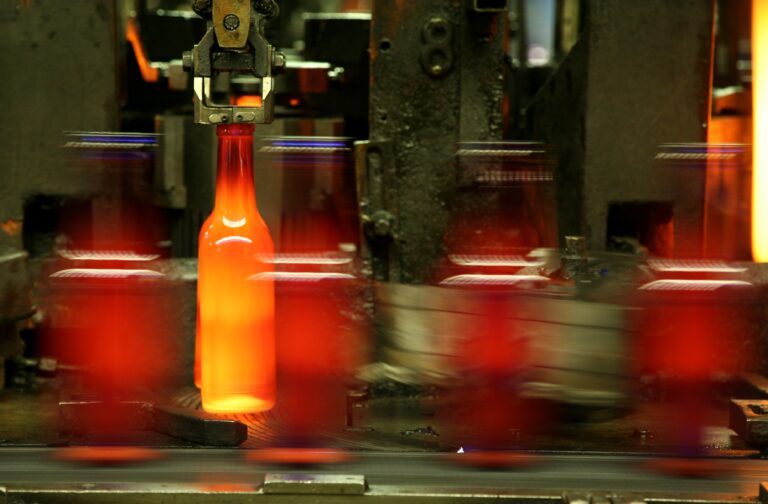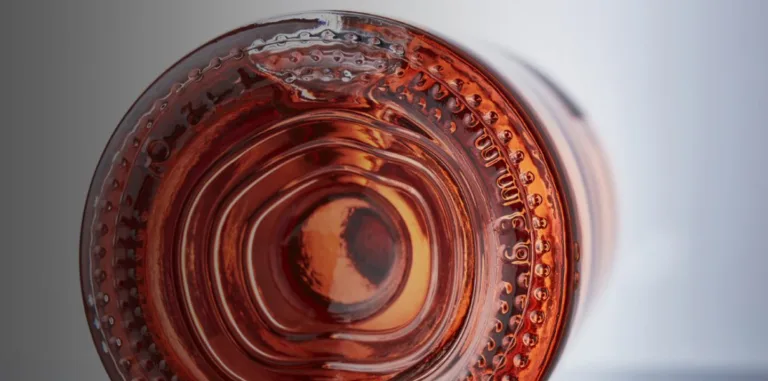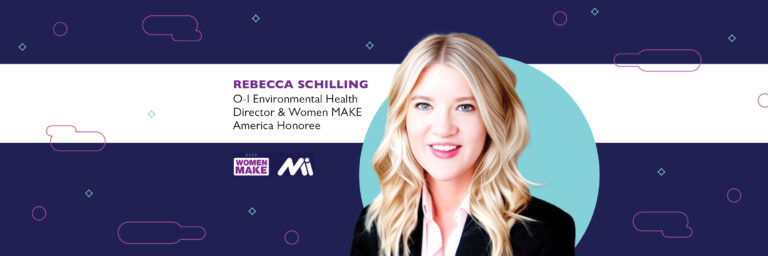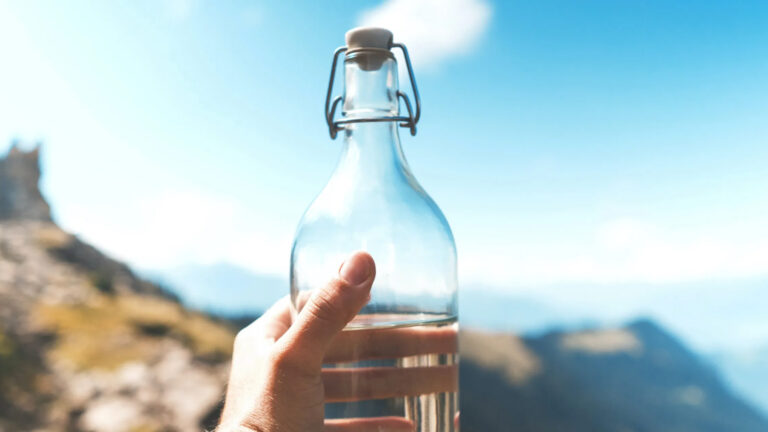Yogurt with fresh berries and granola sprinkled on top. Stir fry with canned veggies over cauliflower rice. Quinoa with black beans and a homemade dressing of olive oil, lime juice and spices. All healthy choices and examples of what doctors tell us to put into our bodies for health and longevity. But pause a moment and think about how many of those foods were packaged in plastic—and hidden plastic–before you prepared them.
The yogurt may have been packaged in a container made of plastic or one made of paper with a plastic lining between the paper and the yogurt. The stir fry veggies and the black beans may have been packaged in aluminum cans with plastic liners separating the veggies from the metal. Your olive oil and lime juice might even be in a plastic bottle.
Today, plastic food packaging is nearly impossible to escape. What’s the problem with plastic? Besides the mounting environmental crisis that projects triple the amount of plastic in the ocean by 2040, scientists who study food packaging are concerned it’s negatively impacting our health.
A Scientist Walks into a Grocery Store
Dr. Jane Muncke is an environmental scientist who serves as the managing director and chief scientific officer at the Food Packaging Forum in Switzerland. She’s one of 118 scientists who signed the statement stressing reusable containers, like coffee mugs and grocery bags, are safe during the COVID-19 pandemic. Earlier in her career Dr. Muncke studied chemicals in aquatic environments. When she left that job for a company that makes machines for glass manufacturing, it swiftly hit her that the chemicals she’d been studying in the ocean were in many of the bags, wraps and boxes that hold food.
“All these chemicals in my previous job that we were trying to get out of the aquatic environment because we were so concerned about their presence and impact on ecosystems were being used to make food packaging and were being transferred into the food and getting into the human body,” she explains.
“I went on an involuntary diet when I first started working on chemicals in food packaging because I felt so overwhelmed,” she says. “I haven’t eaten food from a can or drank from a can knowingly in the last 13 years.”
Grocery shopping became a struggle. With all the food packaging research fresh in her mind, she’d walk into the store, look at foods she once would have consumed without second thought, then she’d walk out overwhelmed, frustrated and empty-handed save for some fresh foods in natural packaging.
Chemical Migration from Packaging to Food
So what was it about food packaging that left her overwhelmed? She says the problem is that the majority of food packaging materials are made with chemicals, like BPA, that can migrate into the food and beverages the packaging is meant to protect. Look in your pantry and fridge. You may think you see a simple carton of chicken stock or yogurt, but those cartons are likely several layers of paper, aluminum, and plastic – and those materials have chemicals that can transfer into the foods they hold.
“People just don’t think about chemicals because they’re invisible,” she says.
She explains there are exceptions and glass jars and bottles are among those materials.
“If you look at glass, the chemistry is super simple,” Dr. Muncke says. ”With plastic, with paper, with coated metals, there’s a whole host of unknown chemicals in there.”
Glass isn’t hiding anything. Glass packaging is made of four ingredients: sand, soda ash, limestone and recycled glass called “cullet.” By nature, glass is virtually inert and won’t interact with the food and beverages inside. Glass is transparent: what you see is what you get. No hidden plastic linings.
Easy Changes in the Kitchen
Dr. Muncke and her team at the Food Packaging Forum want to make sure their research is more visible so that families can make informed choices. They’ve even started a video blog to help people understand the science. It’s been a long time since she left the grocery store empty-handed. She says she’s learned what works for her: “You can’t let it drive you crazy.”
She’s still making research-based choices about what she thinks is best for the health of her and her family. She doesn’t buy food or beverages in aluminum cans. She doesn’t buy drinks in plastic bottles but takes her own, refillable stainless steel bottle on the go and refills with tap water. She avoids those multi-layer cartons that are made out of a combination of cardboard, plastic and metal.
The next time you open your pantry or refrigerator door, take a look with fresh eyes. You might see an opportunity to make easy changes, like buying olive oil in glass bottles or using glass containers for leftovers instead of plastic. Glass isn’t hiding anything, and isn’t pure and clean ingredients what you want in your kitchen and on your plate?

